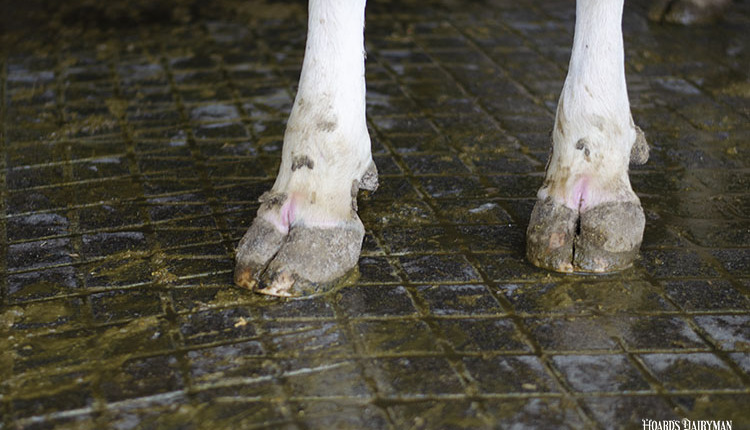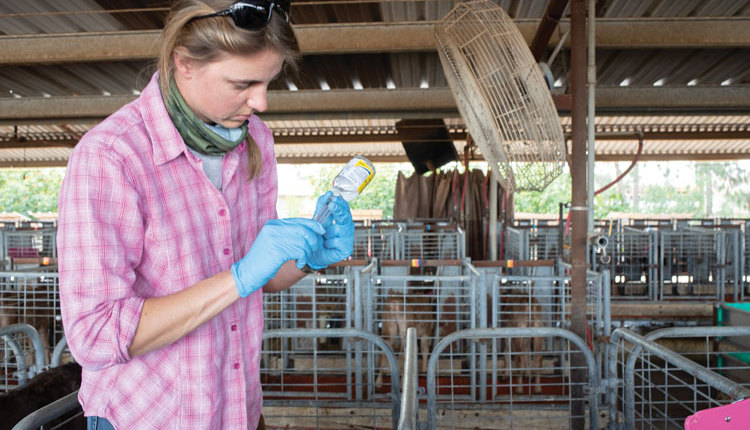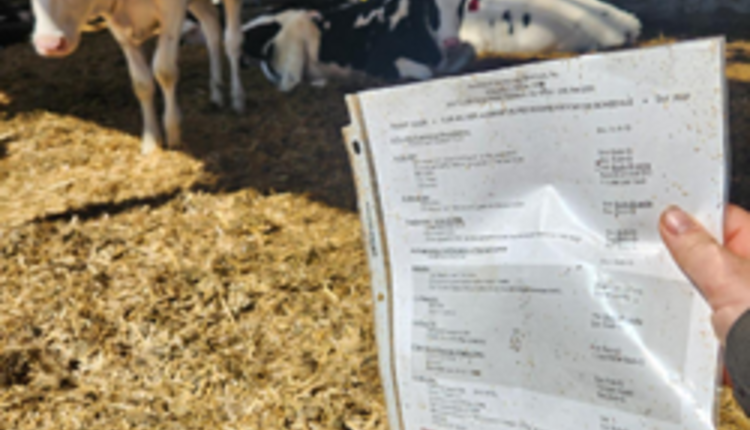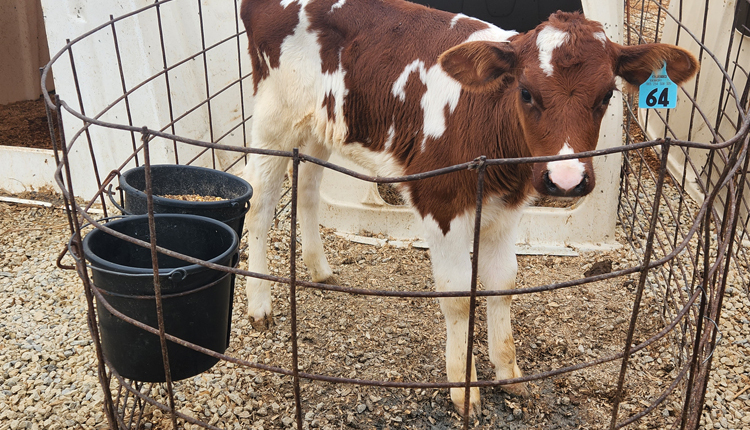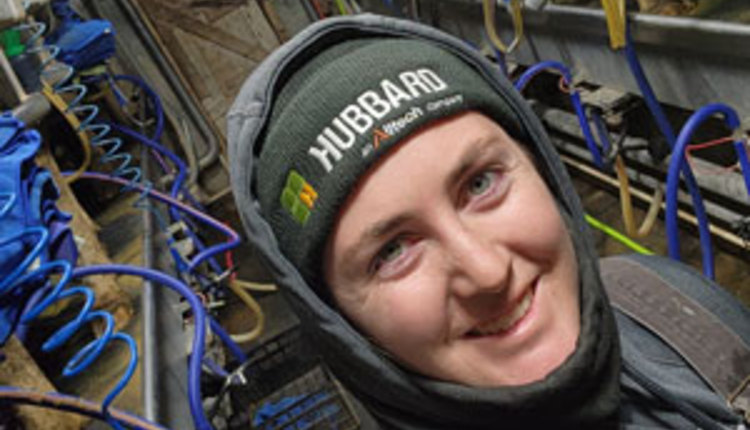Prevention is key.
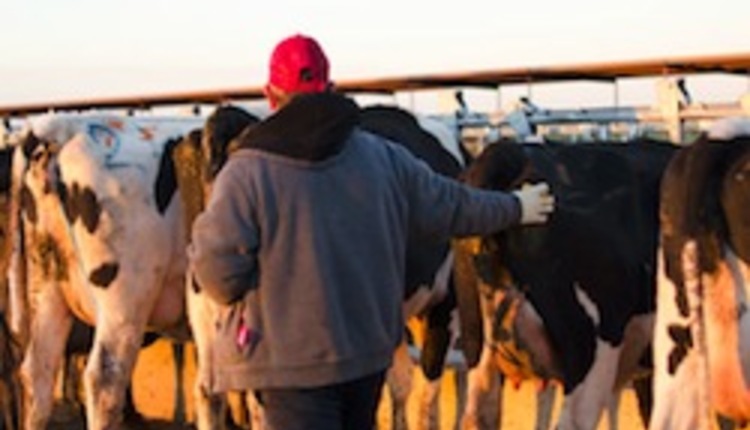
This was a favorite mantra of my family's veterinarian. Every time he came out to diagnose a particular problem in the herd, he looked for the cause. Quickly following the identification of the cause was the suggestion of preventive action. That, after all, is the best way to ensure an illness doesn't run rampant on the farm.
The recent Dairy 2014 report from the USDA shows dairy producers are paying special attention to providing preventive care on their operations.
Among dairies across the United States, 95.7 percent reported they use some type of preventive care. The most common preventative practices were dewormers, feed additives, and calcium injections, drenches or boluses. These products were each used on more than 50 percent of operations surveyed. Among large herds, anionic salts and ionophores were also used more than 50 percent of the time.
Additionally, dairy producers showed vaccination was an important part of their treatment philosophy. Overall, 73.8 percent of farms administered some form of vaccine to cows. The most popular ones were used against bovine viral diarrhea (68.0 percent), infectious bovine rhinotracheitis (60.2 percent) and parainfluenza type 3 (55.8 percent).
Although there was a generally high tendency to use vaccines on all farms, large herds were more likely than small to utilize vaccinations, with 97 percent of herds over 500 cows using vaccines compared to 71 percent of herds with 30 to 99 cows.
When considering geography, farms in the West were more inclined than farms in the East to vaccinate cows against E. coli, clostridia, salmonella or rotavirus.
 The author is an associate editor. She covers feeding, milk quality, youth activities and heads up the World Dairy Expo Supplement. Maggie was raised on a 150-cow dairy near Valley Center, Kansas, and graduated from Kansas State University with degrees in agricultural communications and animal sciences.
The author is an associate editor. She covers feeding, milk quality, youth activities and heads up the World Dairy Expo Supplement. Maggie was raised on a 150-cow dairy near Valley Center, Kansas, and graduated from Kansas State University with degrees in agricultural communications and animal sciences.

This was a favorite mantra of my family's veterinarian. Every time he came out to diagnose a particular problem in the herd, he looked for the cause. Quickly following the identification of the cause was the suggestion of preventive action. That, after all, is the best way to ensure an illness doesn't run rampant on the farm.
The recent Dairy 2014 report from the USDA shows dairy producers are paying special attention to providing preventive care on their operations.
Among dairies across the United States, 95.7 percent reported they use some type of preventive care. The most common preventative practices were dewormers, feed additives, and calcium injections, drenches or boluses. These products were each used on more than 50 percent of operations surveyed. Among large herds, anionic salts and ionophores were also used more than 50 percent of the time.
Additionally, dairy producers showed vaccination was an important part of their treatment philosophy. Overall, 73.8 percent of farms administered some form of vaccine to cows. The most popular ones were used against bovine viral diarrhea (68.0 percent), infectious bovine rhinotracheitis (60.2 percent) and parainfluenza type 3 (55.8 percent).
Although there was a generally high tendency to use vaccines on all farms, large herds were more likely than small to utilize vaccinations, with 97 percent of herds over 500 cows using vaccines compared to 71 percent of herds with 30 to 99 cows.
When considering geography, farms in the West were more inclined than farms in the East to vaccinate cows against E. coli, clostridia, salmonella or rotavirus.
 The author is an associate editor. She covers feeding, milk quality, youth activities and heads up the World Dairy Expo Supplement. Maggie was raised on a 150-cow dairy near Valley Center, Kansas, and graduated from Kansas State University with degrees in agricultural communications and animal sciences.
The author is an associate editor. She covers feeding, milk quality, youth activities and heads up the World Dairy Expo Supplement. Maggie was raised on a 150-cow dairy near Valley Center, Kansas, and graduated from Kansas State University with degrees in agricultural communications and animal sciences. 
